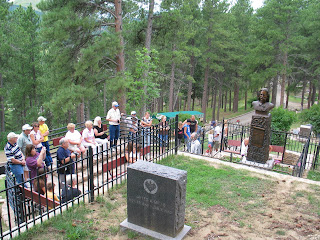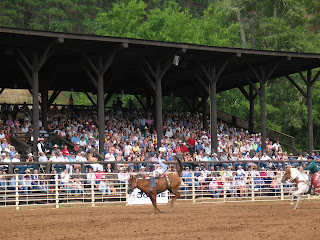

Who is Maestro Gaxiola: http://www.artist-link.blogspot.com/
I am ending my Deadwood Adventure blog with post 21. I started this blog not as a travelogue but as an adventure in Deadwood and the Black hills. For that reason I didn’t post any of my experiences while coming and going to Deadwood, even though a lot of things happened, like a six and a half hour wait outside of Elko, Nevada by the side of the road, in 100 plus degree heat, because a fire up ahead kept jumping back and forth across the highway….and there were many computer malfunctions and at least one bad motel where you could hear snoring coming through the thin walls. However, there were a lot of good things too like the beauty around Bolder, Colorado and Glacier National park that I could talk about for days. And the Harley Davidson motorcycle crowd, must be a million of‘m out on the road….but that’s another story… I need to thank Alice for all her untiring work making motel reservations, finding good restaurants, finding points of interests and museums and generally just doing all the record keeping and navigating. I would also like to thank Alice’s cousin from Detroit, professional wild life photographer Doug Locke, he joined us in Deadwood for a few days. He was on his way to photograph wild horses and buffalo down around Custer State park. He and I went to the rodeo in Deadwood and we had a great time. He got some wonderful photos of all the rodeo action. Besides being good company, he was a help by telling me of a better position or angle when I was taking my photos. All in all it was an enjoyable and productive trip. I had intended to extend my trip to Melody Ranch, an old western movie town built by Gene Autry in Santa Clarita, California, where the HBO series Deadwood was actually filmed. But so far I have failed to gain access.
All the artwork I am doing on my Deadwood Project will be posted next year around April on my web site, MaestroGaxiola.com, under MaestroSite III. I have artwork in several media and hope to also add a video.
I want to thank all of you who have e-mailed me and posted comments on my Deadwood blog. Next year, 2008, the MaestroAdventures Bolgspot will saddle up for another Maestro Adventure. I hope you will join me for the ride.
All the artwork I am doing on my Deadwood Project will be posted next year around April on my web site, MaestroGaxiola.com, under MaestroSite III. I have artwork in several media and hope to also add a video.
I want to thank all of you who have e-mailed me and posted comments on my Deadwood blog. Next year, 2008, the MaestroAdventures Bolgspot will saddle up for another Maestro Adventure. I hope you will join me for the ride.

































